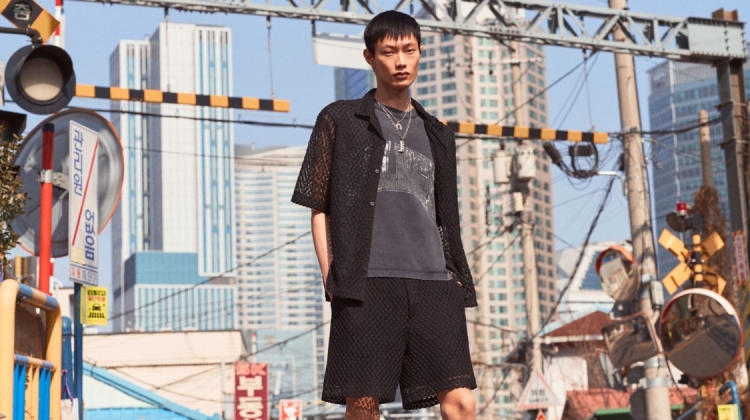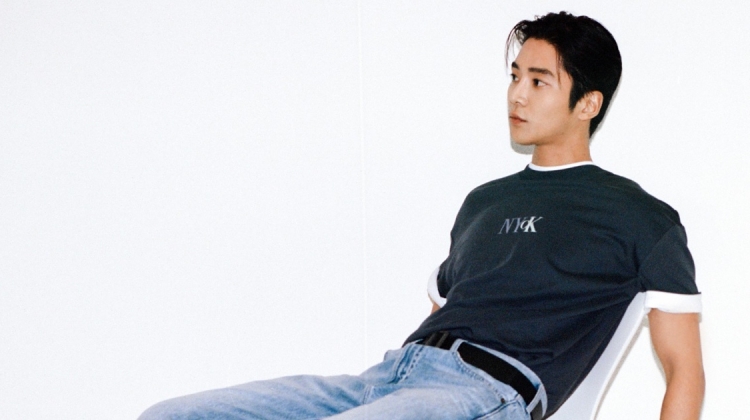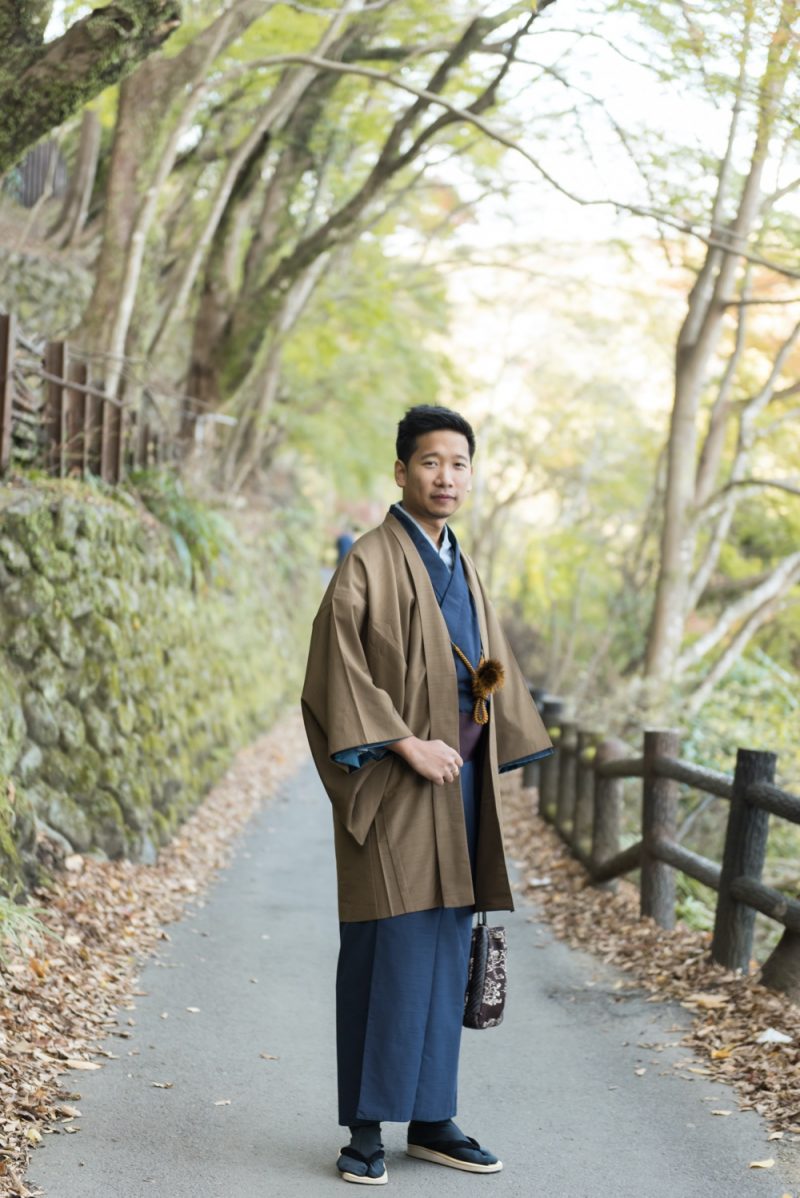
Kimonos started getting global attention in the late 1990s for their unique and versatile look. This also contributed to a rise of interest in Japanese culture, and kimonos have influenced many fashion designers to incorporate kimono designs in western attire. However, many people are still unaware of its origin and rich roots. Given below are interesting facts about the kimono.
The Kimono Did Not Originate From Japan
Although the kimono is popularly known for being the traditional dress of Japan, it originally originated from China. The original garments used for the kimono were worn in China during the Wu dynasty. It was derived from the Chinese Hanfu of the Wu region in Jianghan.
The Han civilization was prevalent and many of their cultures and traditions heavily influenced Japanese traditions. During the Yayoi period, Japanese ambassadors started going to China. At that time, Japan was culturally and economically backward.
They started a social movement called Taika Reform to learn more about Chinese culture, including the traditional clothing style. It was the Han Chinese clothing (silk robe) that originally influenced the kimonos of Japan.
The Original Kimono Had 12 Layers
The original kimono had 12 layers and was named ‘junihitoe,’ where juni means 12. The first layer is the underclothing, and this consists of an inner kimono called nagajuban. Some people wore a separate undershirt called hadajuban to prevent the nagajuban from getting dirty.
It is often said that each layer of the Kimono represents a specific period of Japanese history. However, since 12 layers were not practical, the kimono has evolved over the years to include fewer and more wearable layers. Kimonos for formal occasions include more layers and pieces than casual kimonos worn for everyday purposes.
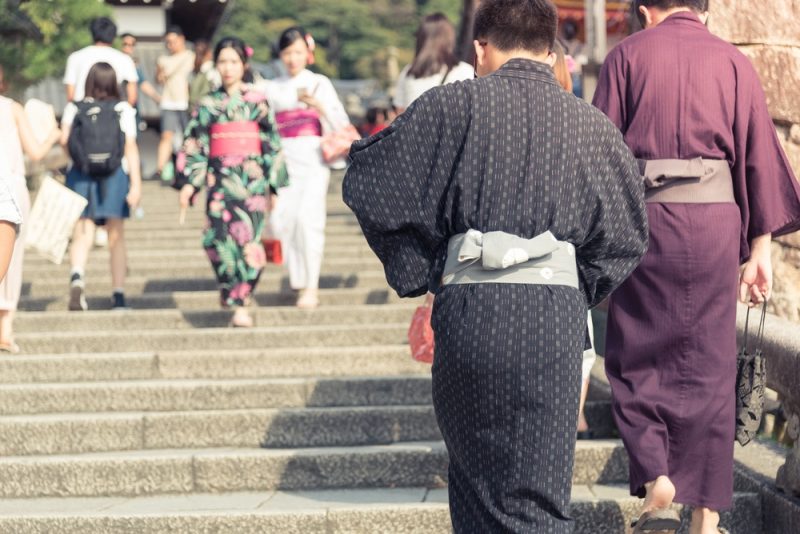
There Are Differences Between Male & Female Kimonos
Men also wear kimonos. However, kimono men’s styles tend to be more subtle, with fewer prints and patterns. Women’s kimonos are usually more vibrant and include bright colors like red, purple, orange, and yellow.
Male kimonos are characterized by neutral or subtle colors like black, brown, blue, and grey. Men’s obis tend to be more thin and plain, while women’s obis are thicker.
There is a Kimono Style for Every Occasion
Kimonos are very versatile pieces of clothing, and they can be dressed up and down according to the occasion or style. In fact, it is considered a form of disrespect if you don’t wear the right kimono for a particular occasion. The Furisode is one of the most popular types of Kimono and is generally worn by unmarried women on formal occasions.
It is usually made from expensive silk marked with vibrant colors and designs. All Furisodes have long and large sleeves which completely cover your arms. The Tomesode is a simpler kimono style that married women wear on important occasions.
Other popular kimono types include Houmongi, Tsukesage and Mofuku. Mofuku is completely black and is worn at funerals as the formal mourning dress.
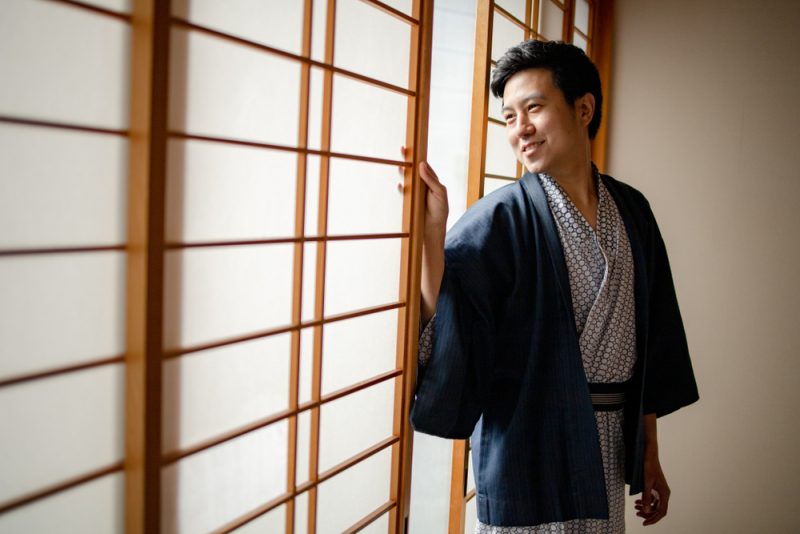
The Yukata is an Informal Version of a Kimono
The Yukata is a more informal and casual version of the kimono because it is made from lighter fabrics and is not accompanied by separate undergarments. It was originally used as bathrobes, and the word Yukata means bathing cloth. You can still see them worn in Japanese bathhouses. Foreigners are usually introduced to Yukata first since they are easier to wear and less expensive than other kimonos.
They are sewn from a single fabric piece instead of traditional kimonos, which have an inner lining. Yukatas are typically worn in summer since they are quite loose and comfortable. The collars are also different in Yukatas and Kimonos. A kimono has a full-width collar, while a Yukata usually has a half-width collar.
There Are Different Types of Kimono Obi Knots
An obi is a belt that is worn around the kimono to hold it together. Obis come in many different materials and patterns and are said to be the focal point of the kimono. Formal kimonos are usually paired with formal obis made from brocade or silk. There are many ways to tie an obi with different types of knots for different purposes and occasions.
The easiest obi knot is the Tsuke obi, and it was originally intended for older women who had difficulty tying the obi. The Hanhaba obi is a very formal obi knot and tends to be very elaborate and big. Women usually wear them on special occasions and celebrations.
Conclusion
Traditional kimonos are rarely seen nowadays because they are not very practical for the hustle and bustle of everyday life. However, many festivals are held to celebrate the beauty and vibrancy of traditional kimonos.
